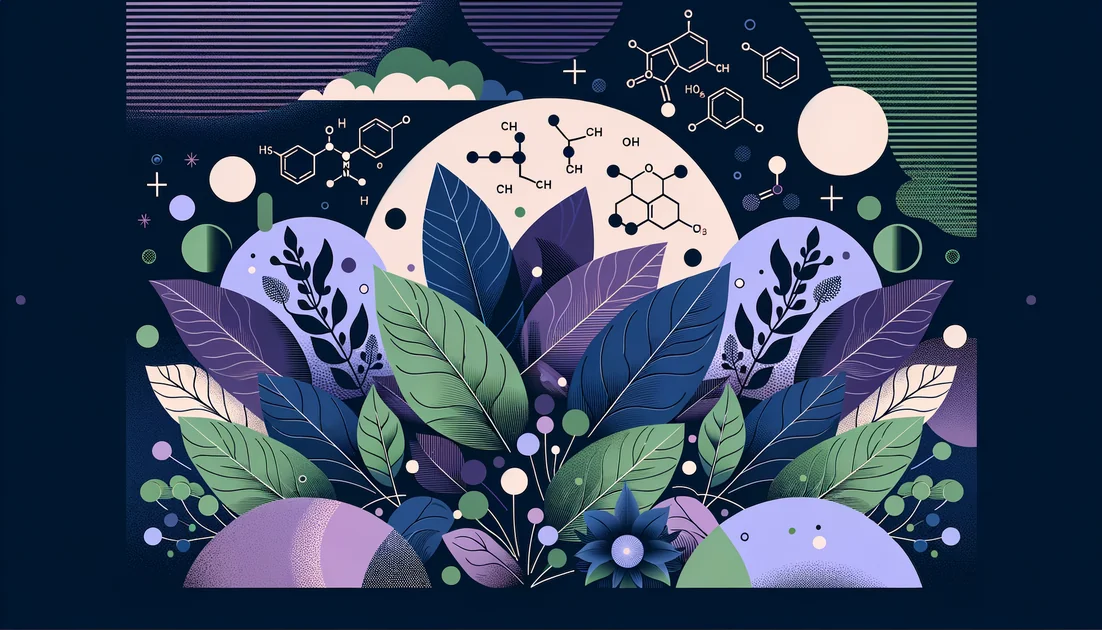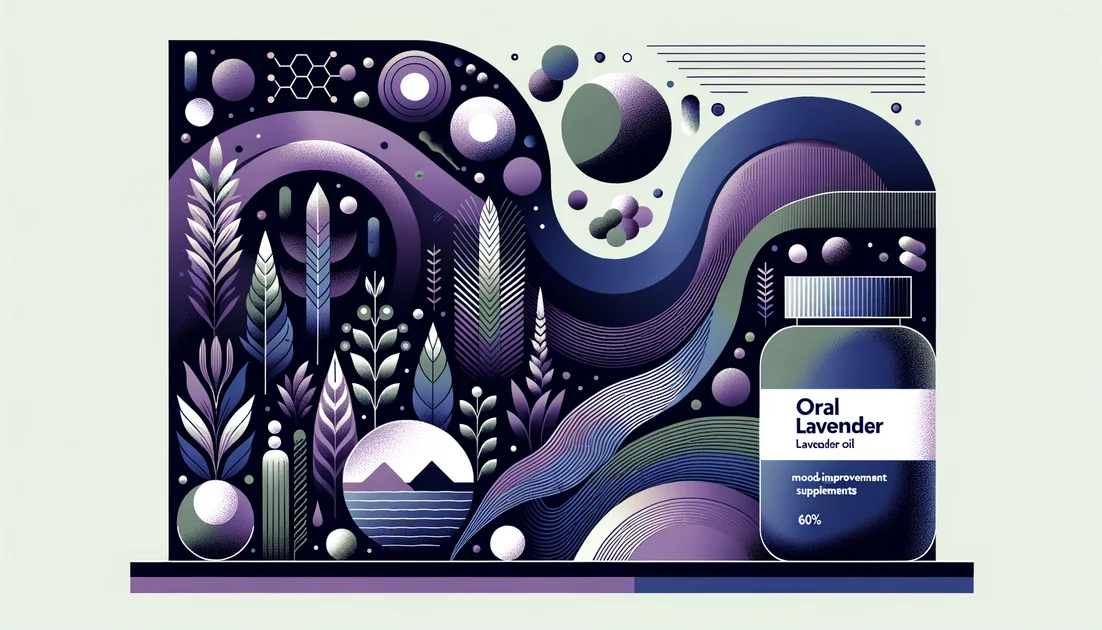
Spinach, Steppe Herbs, and the Myth of the 'Natural Steroid': The Real Story of Turkesterone
You hear the pitch at the gym: "It's like steroids—but natural." The bottle says turkesterone, a plant steroid from a Central Asian herb. But when scientists followed the clues, the trail didn't lead where marketers promised.
- Evidence
- Emerging
- Immediate Effect
- No → 8-10 weeks (shown for ecdysterone with training)
- Wears Off
- Likely within weeks after stopping; not well studied
A rumor from the mountains
The story begins in the Pamir–Alay ranges of Uzbekistan, where Ajuga turkestanica grows among rocks and wind—its Uzbek folk names and uses recorded in ethnobotanical notes and even cosmetics patents that describe it as a tonic herb brewed as tea[12][15]. Decades later, bodybuilders would this plant for a molecule named turkesterone, part of a wider family called ecdysteroids. These are the hormones that help insects molt; some plants make them as a clever deterrent to hungry bugs.
The twist: spinach enters the chat
Ecdysteroids aren't unique to Ajuga. Spinach carries one—ecdysterone (20-hydroxyecdysone)—that vaulted into headlines in 2019 when a WADA-backed team ran a 10-week, double-blind study in trained humans. The ecdysterone group gained more strength than placebo while lifting, enough that investigators urged anti-doping authorities to monitor the compound[7][9][10]. As Prof. Maria Parr put it for the university release, the data were strong enough to consider adding ecdysterone to the prohibited list, noting its actions on the body's estrogen-beta receptor and the impracticality of eating "kilograms of spinach" to match the capsule dose[9][11]. WADA soon placed ecdysterone on its Monitoring Program, tracking patterns of use worldwide[6][13][14].
"After the ten-week study period, the athletes who actually took ecdysterone showed a significantly higher increase in maximum muscle strength." — Freie Universität Berlin media summary[9]
But what about turkesterone?
Here the plot thickens. Despite online hype, the only randomized, placebo-controlled trial of turkesterone itself (500 mg/day for four weeks) found no effect on body composition in active men and women[8][12]. That doesn't close the case—four weeks is short, and the study didn't track strength—but it does mean the bold transformation stories belong, so far, to ecdysterone, not turkesterone.
How could a "plant steroid" act in humans?
Scientists once suspected these molecules worked like testosterone. The emerging picture is more nuanced: ecdysteroids appear to nudge the estrogen-beta receptor (ERβ)—a switch found in muscle and bone that can spur protein building without the androgenic baggage of classic steroids. In animals and cells, ecdysterone enlarged muscle fibers; blocking ERβ dimmed the effect[2][3]. Even in 2025, computational modeling favored a stable, selective embrace between ecdysterone and ERβ, offering a mechanistic "fit" that differs from testosterone's receptor[1][4]. In bone models, beta-ecdysterone pushed stem cells toward bone-making programs and eased osteoporosis in mice, again via estrogen-linked signaling[5]. Think of ERβ as a quiet foreman on the job site: flip his clipboard to "build," and muscle and bone crews get to work—without the rowdy side effects of the androgen crew next door.
The "Russian secret," the lab reality
Stories swirl that Soviet athletes used these extracts. What is clear is contemporary anti-doping labs now detect ecdysterone use in urine, have mapped its human metabolites, and warn that supplement labels are often wrong[13][16]. Independent surveys of ecdysterone products show serious discrepancies—some under-dose, some contain other substances, even prohibited ones[16][18]. A 2020 analysis found actual ecdysterone content generally much lower than labels claimed[17]. More recent industry testing has alleged substitution with the wrong plant entirely in certain "turkesterone" products—another reason to be cautious about the bottle's promise[19].
Tradition meets modern curiosity
Ajuga species have long been used across Eurasia for everything from aches to tonics[20][12][21]. Chemists confirm that A. turkestanica really is rich in ecdysteroids—turkesterone among them—alongside other bioactives[22][23]. That chemical abundance is why Ajuga became a source plant for today's supplements.
What we actually know (so far)
Human performance: One controlled 10-week trial suggests ecdysterone plus training improves strength; turkesterone's first RCT (4 weeks) showed no body composition change; strength was not reported[9][8].
Mechanism: ERβ looks like the main door these molecules walk through—supported by rodent, cell, and computational lines of evidence[2][3][1][4].
Safety and regulation: There are no FDA-approved drugs with ecdysteroids; WADA monitors ecdysterone but hasn't banned it. Athletes should still be cautious because product quality varies and positives can occur if products are contaminated[14][6][16][17].
"At present, there are no FDA-approved medications that contain ecdysteroids.. WADA added it to the Monitoring List in 2020." — USADA advisory for athletes[14]
Practical ways to think about it
If you're a trained lifter looking for a small, possible edge, the best human data point to ecdysterone at multi-week doses with resistance training. If you're eyeing turkesterone, understand that its evidence in humans is early and negative on body composition at four weeks, with strength effects untested in that trial[8]. Either way, the biggest variable is product authenticity. Choose brands with third-party testing for ecdysteroid content (ideally specifying both ecdysterone and turkesterone) and purity screens for WADA-listed adulterants[16][17]. For bone or metabolic curiosity, recognize that evidence sits mostly in cells and animals. It's a promising hypothesis, not a prescription[5].
The road ahead
Anti-doping scientists have done much of the recent heavy lifting: defining how to detect use, what metabolites appear, and how often athletes are exposed[13][16]. What's missing are longer, well-controlled trials directly testing turkesterone—standardized extracts, verified content, and strength-plus-composition outcomes over 8–12 weeks. Only then will we know if turkesterone can match its cousin's headlines or if the spinach story remains the star.
Bottom line
Turkesterone's legend is loud; its human evidence is quiet. Ecdysterone has the stronger case for now. If you experiment, treat this like science: demand verified products, run it alongside smart training, and judge results at the barbell—not the label.
Key takeaways
- •Ecdysterone showed strength gains in a 10-week human study; turkesterone has weaker human data.
- •Mechanism: likely nudges estrogen-beta receptors in muscle and bone, not testosterone pathways.
- •WADA monitors ecdysterone; USADA notes no FDA-approved uses—athletes should be cautious.
- •Supplement labels often misstate content; third-party testing is essential.
- •Traditional Ajuga uses exist, but modern claims outpace clinical trials.
You might also like
Explore more of our evidence-led investigations, comparisons, and guides across every article style.

Bluebonnet Nutrition (supplements)
The Paradox of Bluebonnet Nutrition: Certification Powerhouse, Modest Innovation, Limited Public COAs



Docosahexaenoic acid (DHA)
You've heard the myth: fish oil makes geniuses and saves hearts. Then you meet a neonatologist who says, "I don't need myths—I watched a molecule change the NICU." The paradox is real: in healthy adults, DHA can be underwhelming; in the earliest weeks of life, it can be the difference between fragile eyesight and crisp vision, early birth and time enough to grow.[2][4][8]

The Immune Vision Duo: Unlock What's Stuck
Context-dependent synergy: proven in deficiency settings (especially for persistent diarrhea and pregnancy night blindness), but additive or null elsewhere.

Tocotrienols
The stealthier cousins of vitamin E—built with springy tails that move differently in cell membranes and behave differently in your body.
